Find Help
More Items From Ergsy search
-

Self care - sunburn
Relevance: 100%
-
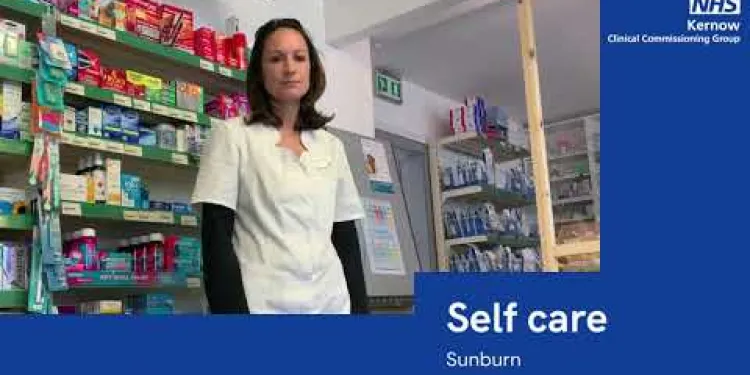
Self care - sunburn
Relevance: 99%
-
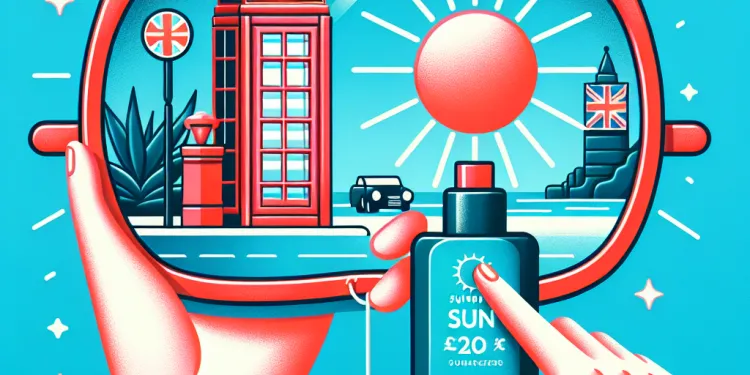
What is sunburn?
Relevance: 51%
-

What is Sunburn?
Relevance: 50%
-

Self care for your feet - Podiatrist
Relevance: 50%
-

How is sunburn treated?
Relevance: 49%
-

What causes sunburn?
Relevance: 48%
-
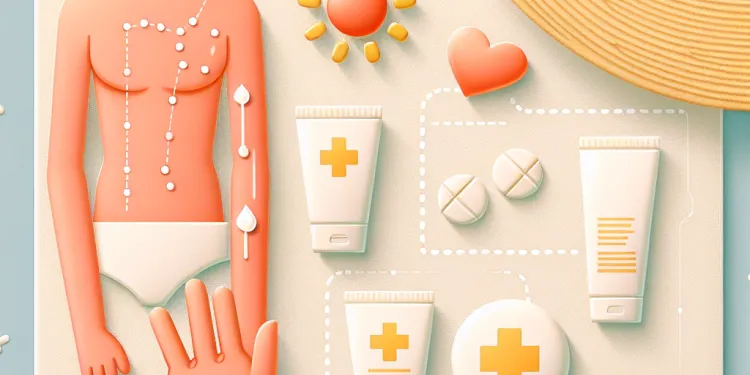
What are the symptoms of sunburn?
Relevance: 48%
-
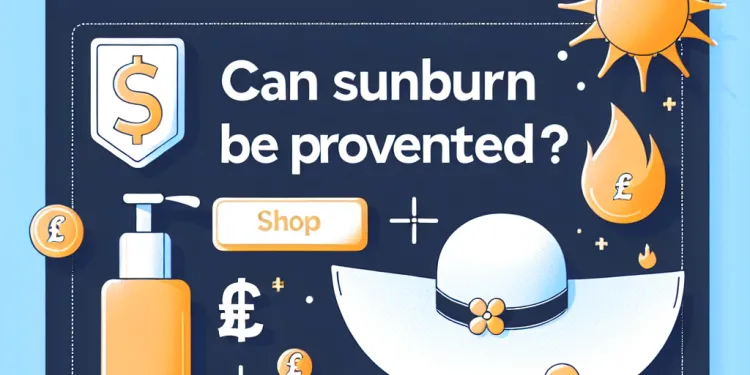
Can sunburn be prevented?
Relevance: 48%
-
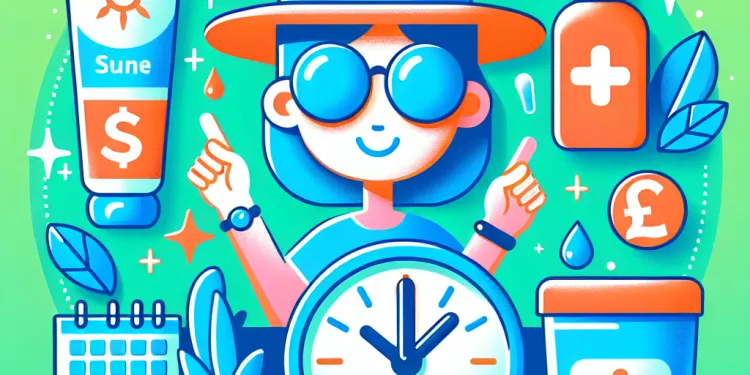
How long does it take for sunburn to appear?
Relevance: 47%
-

Are some people more prone to sunburn?
Relevance: 46%
-

Can sunburn turn into a tan?
Relevance: 46%
-

Self care: Treating ear infections
Relevance: 46%
-
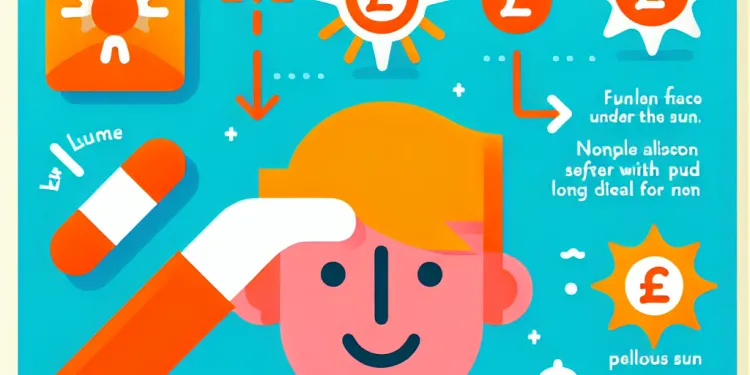
What are the long-term effects of sunburn?
Relevance: 45%
-

Is peeling a normal part of sunburn recovery?
Relevance: 45%
-

Self Harm
Relevance: 45%
-
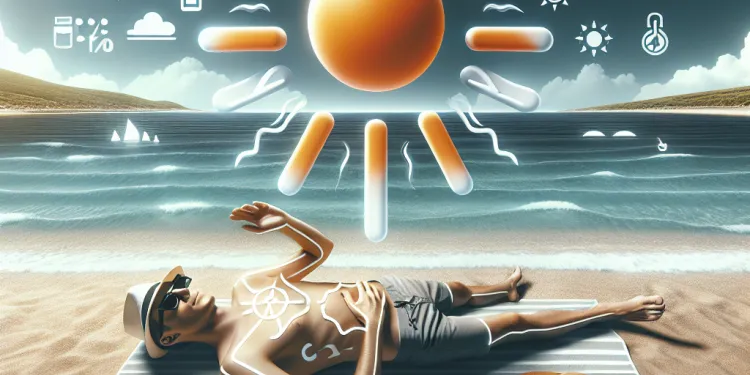
Can sunburns cause permanent damage?
Relevance: 44%
-

At what time of day is the sunburn risk highest?
Relevance: 43%
-

Suicide and Self Harm Prevention Strategy 2023-28
Relevance: 43%
-

Can dark-skinned individuals get sunburned?
Relevance: 42%
-
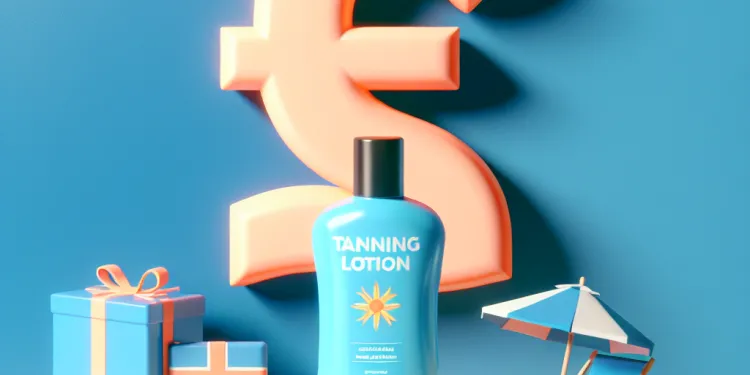
Does tanning lotion prevent sunburn?
Relevance: 42%
-
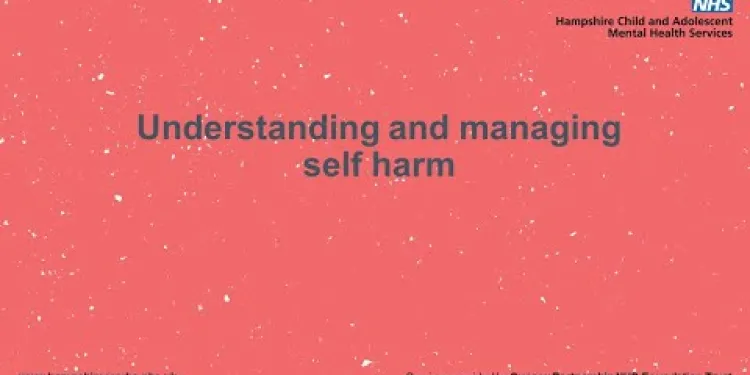
Self Harm
Relevance: 41%
-
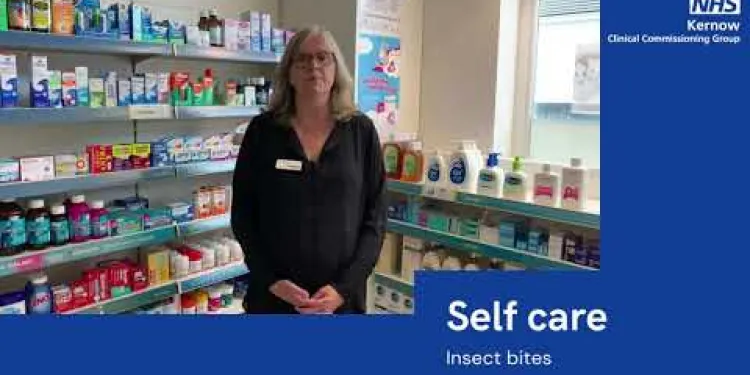
Self care - insect bites
Relevance: 39%
-

What SPF level is recommended to prevent sunburn?
Relevance: 38%
-
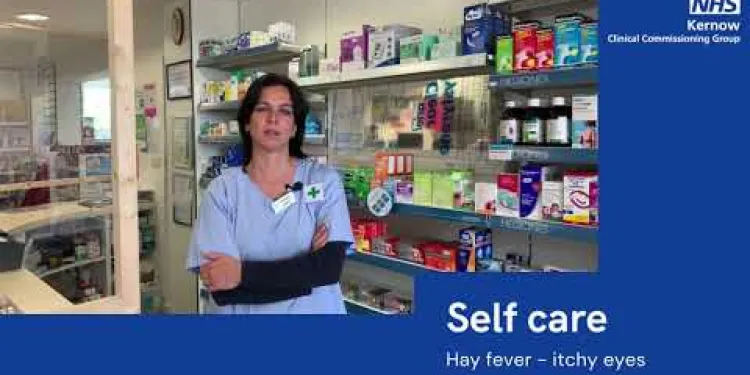
Self care - hay fever itchy eyes
Relevance: 33%
-
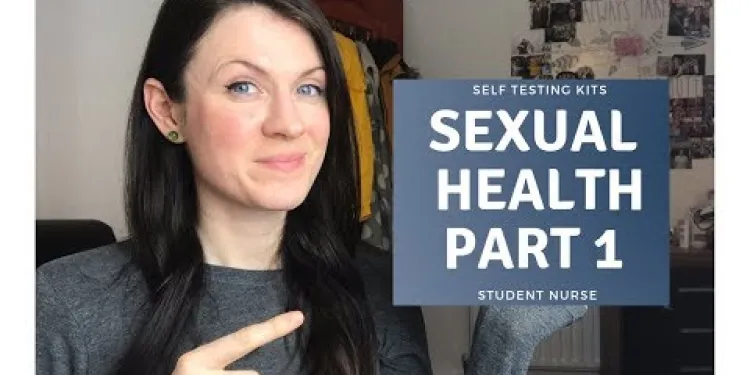
Let's Talk Sexual Health - Home Self Testing Kits
Relevance: 32%
-

Is it possible to get sunburned on cloudy days?
Relevance: 31%
-

Dementia Care at Colten Care
Relevance: 29%
-
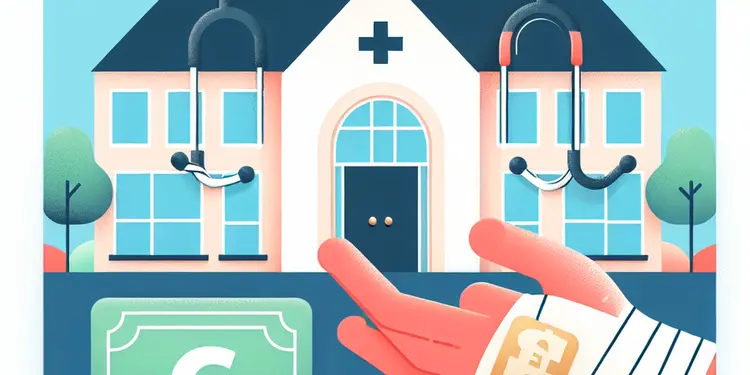
Do care homes provide medical care?
Relevance: 28%
-

Does water reflect UV rays, increasing the risk of sunburn?
Relevance: 28%
-

How is the quality of care regulated in care homes?
Relevance: 27%
-

What to do if you're sunburnt
Relevance: 27%
-

What are Care Homes?
Relevance: 26%
-
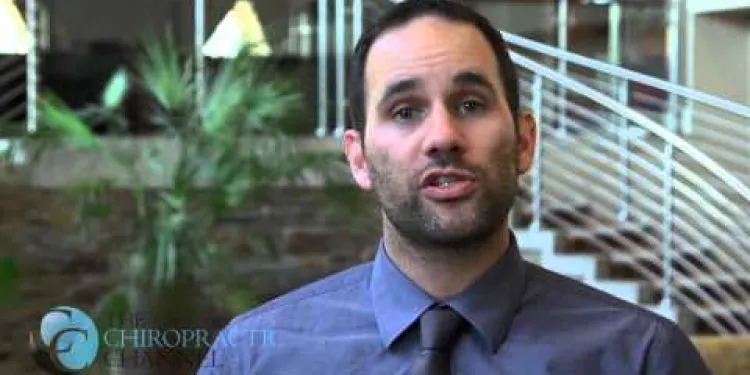
Chiropractic Care on the NHS
Relevance: 25%
-
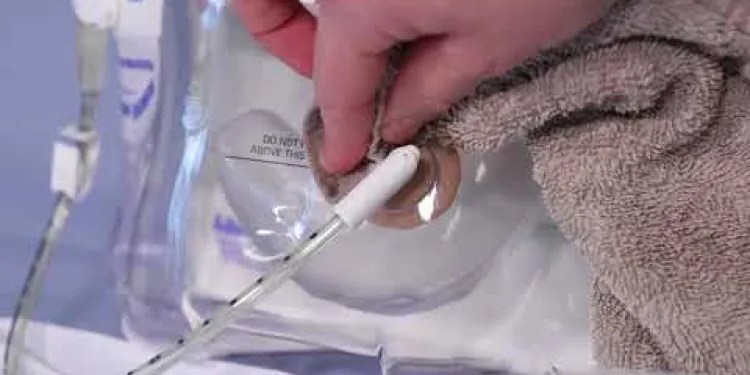
Stoma Care
Relevance: 25%
-

Neck Care Exercises
Relevance: 24%
-

Are there different types of care homes?
Relevance: 24%
-

What is end of life care?
Relevance: 24%
-
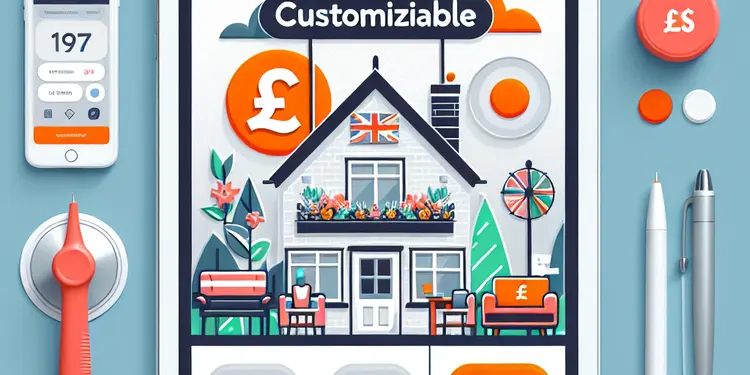
Can live-in care be customized?
Relevance: 24%
-

The role of care homes dedicated to caring for people living with dementia and memory loss
Relevance: 24%
Self Care for Sunburn
Understanding Sunburn
Sunburn occurs when skin is overexposed to ultraviolet (UV) rays, leading to redness, pain, and peeling. In the United Kingdom, despite often cloudier weather, the sun's rays can still be strong enough to cause sunburn, especially during summer months or when UV levels are high. Prevention and immediate care are crucial to avoid long-term skin damage.Preventing Sunburn
Preventing sunburn is the best strategy. Incorporate these steps into your routine to protect your skin:- Use Sunscreen: Apply a broad-spectrum sunscreen with an SPF of at least 30, even on cloudy days. Reapply every two hours or more frequently if you are swimming or sweating.
- Seek Shade: Avoid direct sun exposure between 11 a.m. and 3 p.m. when UV rays are strongest.
- Wear Protective Clothing: Wear long sleeves, hats, and sunglasses to cover as much skin as possible.
- Stay Informed: Check daily UV index forecasts to plan outdoor activities safely.
Immediate Actions After Sunburn
If you do get sunburned, prompt care is essential to reduce discomfort and aid healing:- Cool the Skin: Take cool showers or baths to soothe the burn. Avoid hot water as it can further irritate the skin.
- Hydrate: Drink plenty of water to prevent dehydration, which is common after sun exposure.
- Moisturise: Apply aloe vera or a good-quality lotion to keep the skin moist and aid in the healing process.
- Avoid Tight Clothing: Wear loose, comfortable clothing to reduce irritation on the sunburned areas.
When to Seek Medical Help
While most sunburns can be treated at home, seek medical attention if you experience:- Severe Burns: Extreme redness, blistering over a large area, or intense pain.
- Fever or Chills: Symptoms of heat exhaustion combined with sunburn.
- Signs of Infection: Pus, increased redness, or swelling around blisters.
Long-Term Skin Care
Repeated sunburns increase the risk of skin cancer and premature aging. Make sun protection a daily habit and schedule regular skin checks with your healthcare provider for early detection of any changes. By understanding sunburn, implementing preventive measures, and taking immediate care steps, you can protect your skin and enjoy sunny days safely in the United Kingdom.Self Care for Sunburn
Understanding Sunburn
Sunburn happens when your skin gets too much sunlight. This makes your skin red, sore, and can cause it to peel. Even in the United Kingdom, the sun can be strong enough to hurt your skin, especially in summer. Protecting your skin is very important.Preventing Sunburn
Stopping sunburn before it happens is best. Here are some ways to keep your skin safe:- Use Sunscreen: Put on sunscreen with SPF 30 or more. Do this even if it is cloudy. Put more on every two hours, especially if you swim or sweat.
- Seek Shade: Stay out of the sun from 11 a.m. to 3 p.m. This is when the sun is the strongest.
- Wear Protective Clothing: Wear long sleeves, a hat, and sunglasses to cover your skin.
- Stay Informed: Check how strong the sun will be each day so you can plan safely.
Immediate Actions After Sunburn
If you do get sunburned, do these things to feel better and help your skin heal:- Cool the Skin: Take cool showers or baths. This helps your skin feel better. Do not use hot water.
- Hydrate: Drink lots of water to keep from getting too thirsty.
- Moisturise: Put aloe vera or lotion on your skin to help it heal.
- Avoid Tight Clothing: Wear loose clothes so they don't rub against your sunburn.
When to Seek Medical Help
Sometimes, sunburns are bad and you need to see a doctor. Go to the doctor if you have:- Severe Burns: Very red skin, big blisters, or a lot of pain.
- Fever or Chills: If you feel very hot or cold with your sunburn.
- Signs of Infection: If there is pus or your blisters are very red or swollen.
Long-Term Skin Care
Getting sunburned a lot can make you more likely to get skin cancer and wrinkles. Protect yourself from the sun every day. See your doctor regularly to check your skin. By knowing about sunburn, taking care of your skin, and acting fast when it happens, you can enjoy sunny days safely in the United Kingdom.Frequently Asked Questions
What is sunburn?
Sunburn is skin damage caused by exposure to ultraviolet (UV) rays from the sun. The skin can turn red, become painful, and may eventually peel.
How can I prevent sunburn?
To prevent sunburn, wear broad-spectrum sunscreen with at least SPF 30, cover up with clothing, wear a wide-brimmed hat and sunglasses, and seek shade, especially between 11 a.m. and 3 p.m.
What should I do immediately after getting sunburned?
If you get sunburned, move out of the sun, cool the skin with cool (not cold) baths or damp towels, drink plenty of water, and apply aloe vera or moisturizing lotion to the affected areas.
When should I see a doctor for sunburn?
Seek medical advice if you experience severe pain, blistering over a large area, swelling, fever, chills, or if you're feeling very unwell or dehydrated.
Can sunburn cause long-term skin damage?
Yes, repeated sunburns can increase the risk of skin cancer, premature aging, and eye damage.
Are there any home remedies for sunburn relief?
Home remedies include cool baths, aloe vera gel, moisturizers, drinking water, and over-the-counter pain relief medications like ibuprofen or paracetamol.
Is it safe to use steroid creams for sunburn?
Over-the-counter hydrocortisone cream may help reduce inflammation and itching. However, consult a healthcare professional for severe cases.
How long does sunburn usually last?
Mild sunburn typically lasts about 3 to 5 days, while more severe sunburn may take up to two weeks to heal completely.
Can I still get sunburned on a cloudy day?
Yes, up to 80% of UV rays can penetrate through clouds, so it's important to protect your skin even on overcast days.
Do I need sunscreen if I have dark skin?
Yes, people with all skin types can get sunburned and should use sunscreen. Darker skin is also at risk of UV damage and skin cancer.
What type of sunscreen should I use?
Use a broad-spectrum sunscreen with at least SPF 30, which protects against both UVA and UVB rays. Water-resistant formulations are beneficial for swimming or sweating.
How often should I reapply sunscreen?
Reapply sunscreen every two hours, or more frequently if swimming, sweating, or towel drying.
Can I use after-sun products for sunburn relief?
Yes, after-sun lotions and gels containing aloe vera or other soothing ingredients can provide relief and help moisturize sunburned skin.
Is it normal for sunburn to peel?
Yes, peeling is a normal part of the healing process. Avoid picking at peeling skin to prevent infection.
Can I treat sunburn blisters at home?
If sunburn blisters appear, avoid popping them to reduce infection risk. Keep them clean and dry, and use an antiseptic cream if necessary. Seek medical advice for severe blistering.
What is sunburn?
Sunburn is when your skin gets red and sore from being in the sun too long.
It happens when the sun's rays burn your skin. This can hurt and make your skin peel.
To help your skin, you can wear sunscreen, hats, and long sleeves.
Staying in the shade or using an umbrella can also protect your skin.
Sunburn happens when your skin gets hurt by the sun's strong light, called UV rays. Your skin can turn red, feel sore, and might start to peel off.
How can I stop sunburn?
Do you want to stop sunburn?
Sunburn is when your skin turns red and hurts because of the sun.
Here’s how you can stop sunburn:
- Wear sunscreen. It is like a special cream that protects your skin. Put it on 15 minutes before you go outside.
- Stay in the shade. Try to stay under trees or use an umbrella to keep the sun off your skin.
- Wear a hat and sunglasses to protect your face and eyes.
- Wear long sleeves and pants to cover your skin.
- Try not to be in the sun from 10 a.m. to 4 p.m. This is when the sun is very strong.
Ask a grown-up to help you remember these things.
Remember to drink water too. It helps keep your skin healthy.
To stop sunburn, do these things:
1. Put on sunscreen. It should say SPF 30 or higher on the bottle.
2. Wear clothes that cover your skin.
3. Put on a big hat and sunglasses.
4. Stay in the shade when the sun is very strong. This is usually between 11 a.m. and 3 p.m.
If you need help, ask an adult or use apps that remind you to put on sunscreen.
What to Do Right After a Sunburn?
If you get a sunburn, don't worry. Here are some easy steps to help you feel better:
- Go inside or find some shade right away.
- Take a cool shower or bath to cool down your skin.
- Use a soothing cream like aloe vera on the sunburn.
- Drink lots of water to stay hydrated.
- If it hurts, you can take medicine to help the pain, like ibuprofen.
You can ask an adult for help or use things like cold, damp cloths on your skin. Remember to stay out of the sun until your skin feels better.
If you get a sunburn:
- Stay out of the sun.
- Cool your skin with a cool bath or a wet towel. Make sure it is not too cold.
- Drink lots of water.
- Put some aloe vera or lotion on the sunburn.
When should I go to the doctor for sunburn?
If you have sunburn, you might need to see a doctor if:
- Your skin has blisters.
- You feel dizzy or sick.
- You have a fever.
- The sunburn does not get better after a few days.
You can use these tips to help with sunburn:
- Put on cool, wet cloths to feel better.
- Drink water to stay hydrated.
- Use lotion to help your skin feel better.
If you are not sure, ask a grown-up to help you decide if you need to see a doctor.
Go to the doctor if you have really bad pain, lots of blisters, swelling, a fever, chills, or if you feel very sick or really thirsty.
Can Sunburn Hurt Your Skin for a Long Time?
Getting sunburnt a lot can be bad. It can give you skin cancer, make your skin look old, and hurt your eyes.
What home tricks can help with sunburn?
Try these things at home to feel better:
- Take a cool bath.
- Use aloe vera gel on your skin.
- Put on a moisturizer to keep your skin soft.
- Drink lots of water.
- If it hurts, you can take medicine like ibuprofen or paracetamol.
Ask an adult if you need help with anything or have any questions.
Can you use steroid creams if you have a sunburn?
If your skin is red or itchy, you can try using a cream called hydrocortisone. You can buy it at the store. But if your skin is really bad, talk to a doctor or nurse first.
How long does a sunburn last?
A sunburn is when your skin gets red and hurts from being in the sun too long.
Usually, a sunburn lasts about 3 to 5 days.
Here are some tips to feel better:
- Use a cool, wet cloth on your skin.
- Put lotion on your skin to make it feel good.
- Drink water to help your body heal.
A little bit of sunburn usually goes away in 3 to 5 days. If the sunburn is really bad, it might take up to two weeks to get better.
Can I still get sunburned on a cloudy day?
Yes, you can still get sunburned even if it is cloudy. Clouds do not block all the sun's rays. These rays can hurt your skin.
You should wear sunscreen to protect your skin. Wearing a hat and sunglasses also helps.
Yes, the sun's rays can get through clouds. About 80% of the rays can reach us. So, it is important to keep your skin safe, even when it looks cloudy outside.
Some tools that can help are:
- Wear sunscreen.
- Put on a hat.
- Use sunglasses.
- Wear clothes that cover your skin.
Do I need sunscreen if I have dark skin?
If you have dark skin, you might still need sunscreen. Sunscreen helps protect your skin from the sun. The sun can hurt skin for everyone, no matter the color.
Using sunscreen can help stop sunburn. It can also protect your skin from getting sick.
Ask someone you trust if you need help picking the right sunscreen.
Yes, anyone can get sunburn, no matter their skin type. It’s important for everyone to use sunscreen. People with dark skin can also be hurt by the sun’s UV rays and might get skin cancer.
What sunscreen should I use?
When you are outside, sunscreen helps keep your skin safe from the sun.
Here are some tips to pick a good sunscreen:
- Choose sunscreen with an SPF of 30 or higher. This keeps skin safe for longer.
- Look for "broad spectrum" on the bottle. This means it protects against all sun rays.
- Water-resistant sunscreen is good if you are swimming or sweating.
If you need help picking sunscreen, ask a grown-up or a pharmacist for advice.
Use sunscreen that stops sunburn and has at least SPF 30. This means it protects your skin from both UVA and UVB sun rays. If you swim or sweat a lot, use water-resistant sunscreen.
How often should I put on sunscreen again?
You should put on sunscreen every 2 hours. If you are swimming or sweating a lot, put it on more often.
Tip: Use a timer on your watch or phone to remind you when to put it on again.
Put sunscreen on again every two hours. Do it more often if you are swimming, sweating, or drying off with a towel.
Can I use after-sun lotion if I have a sunburn?
Yes, after-sun lotions and gels can help. They have aloe vera and other calming stuff. This can make sunburn feel better and keep your skin soft.
Is it normal for sunburn to peel?
When you get a sunburn, your skin might peel. This is normal and happens when the skin is healing. If your skin peels, don't pick at it. Picking can hurt and cause infections.
How to help your skin:
- Put on moisturizer or aloe vera to soothe your skin.
- Drink plenty of water to stay hydrated.
- Wear loose clothing so the skin can breathe.
- Stay out of the sun until your skin feels better.
If your sunburn hurts a lot or if you feel sick, tell an adult. They might call a doctor for help. Remember, it's important to use sunscreen to protect your skin in the future. Ask an adult to help if you need it.
Yes, skin peeling is normal when it is healing. Do not pick at peeling skin because it can cause infection.
Can I help sunburn blisters at home?
Yes, you can help sunburn blisters at home. Here are some simple steps:
- Stay out of the sun. This helps your skin heal.
- Put a cool, wet cloth on the blisters. Do this for about 15 minutes.
- Use aloe vera gel or lotion. This can help make your skin feel better.
- Drink plenty of water. It helps your body heal.
- Do not pop the blisters. Let them heal on their own.
- If it hurts a lot, ask an adult for help.
If the blisters are very big or if you feel very sick, you should see a doctor.
Tools that can help:
- Use a timer to remember when to put the cool cloth on.
- Ask someone to help you if you need it.
If you get blisters from sunburn, don't pop them. This can help you avoid getting an infection. Keep the blisters clean and dry. You can use a special cream to stop germs if you need to. If the blisters are really bad, ask a doctor for help.
Useful Links
- Ergsy carfully checks the information in the videos we provide here.
- Videos shown by Youtube after a video has completed, have NOT been reviewed by ERGSY.
- To view, click the arrow in centre of video.
- Most of the videos you find here will have subtitles and/or closed captions available.
- You may need to turn these on, and choose your preferred language.
- Go to the video you'd like to watch.
- If closed captions (CC) are available, settings will be visible on the bottom right of the video player.
- To turn on Captions, click settings .
- To turn off Captions, click settings again.
More Items From Ergsy search
-

Self care - sunburn
Relevance: 100%
-

Self care - sunburn
Relevance: 99%
-

What is sunburn?
Relevance: 51%
-

What is Sunburn?
Relevance: 50%
-

Self care for your feet - Podiatrist
Relevance: 50%
-

How is sunburn treated?
Relevance: 49%
-

What causes sunburn?
Relevance: 48%
-

What are the symptoms of sunburn?
Relevance: 48%
-

Can sunburn be prevented?
Relevance: 48%
-

How long does it take for sunburn to appear?
Relevance: 47%
-

Are some people more prone to sunburn?
Relevance: 46%
-

Can sunburn turn into a tan?
Relevance: 46%
-

Self care: Treating ear infections
Relevance: 46%
-

What are the long-term effects of sunburn?
Relevance: 45%
-

Is peeling a normal part of sunburn recovery?
Relevance: 45%
-

Self Harm
Relevance: 45%
-

Can sunburns cause permanent damage?
Relevance: 44%
-

At what time of day is the sunburn risk highest?
Relevance: 43%
-

Suicide and Self Harm Prevention Strategy 2023-28
Relevance: 43%
-

Can dark-skinned individuals get sunburned?
Relevance: 42%
-

Does tanning lotion prevent sunburn?
Relevance: 42%
-

Self Harm
Relevance: 41%
-

Self care - insect bites
Relevance: 39%
-

What SPF level is recommended to prevent sunburn?
Relevance: 38%
-

Self care - hay fever itchy eyes
Relevance: 33%
-

Let's Talk Sexual Health - Home Self Testing Kits
Relevance: 32%
-

Is it possible to get sunburned on cloudy days?
Relevance: 31%
-

Dementia Care at Colten Care
Relevance: 29%
-

Do care homes provide medical care?
Relevance: 28%
-

Does water reflect UV rays, increasing the risk of sunburn?
Relevance: 28%
-

How is the quality of care regulated in care homes?
Relevance: 27%
-

What to do if you're sunburnt
Relevance: 27%
-

What are Care Homes?
Relevance: 26%
-

Chiropractic Care on the NHS
Relevance: 25%
-

Stoma Care
Relevance: 25%
-

Neck Care Exercises
Relevance: 24%
-

Are there different types of care homes?
Relevance: 24%
-

What is end of life care?
Relevance: 24%
-

Can live-in care be customized?
Relevance: 24%
-

The role of care homes dedicated to caring for people living with dementia and memory loss
Relevance: 24%


